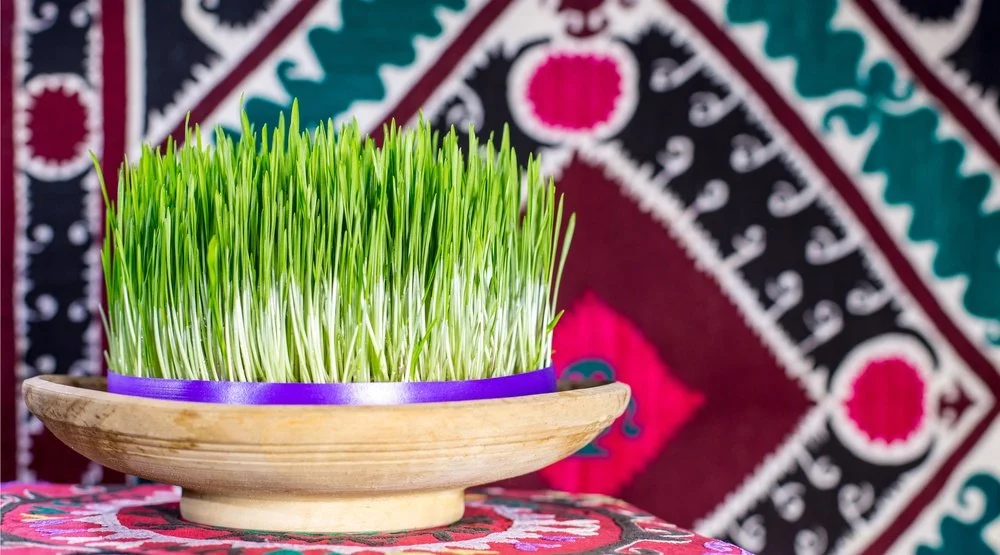Renewal
We’ve reached the Spring Equinox, a universally recognized time of renewal. For 3,500 years Persians recognized this as their new year—Nowruz, celebrated by over 300 million people across central Asia, the Middle East, and Caucasus region. In context, the Gregorian new year has only been around since 1752.
Originally started as a Zoroastrian tradition to celebrate the return of a spirit that had been banished underground during the colder winter months, today it is marked with feasting with family and friends, exchanging gifts, especially toys for children and colorfully painting eggs, a symbol of fertility. I don’t know about everyone else, but that suspiciously sounds like the spring holiday I grew up with.
No one wants to see spring more than the farmers. Anyone who was at market last week knew that it was still winter as vendors bundled in their best winter gear battled one last brutal exhale of the season. Even with the heated seat on high I don’t think I thawed out until I crossed Braddock Mountain.
But the one adage repeated last week was about March coming in like a lion and going out like a lamb and I thought to myself, lions are lazy and lambs are crazy. I ought to know with over a hundred of them ripping around the pastures, loudly bleating, demanding to be fed. Most of the sheep farmers I know have either just finished up lambing, are in the throws of it, or getting ready to start.
Forget the lion, lambs explain March perfectly. Anything goes. This morning when I went to leave the house for morning chores it was snowing so I wore my insulated coveralls. By lunch it was warm enough that I switched into midweight coveralls and by the time evening chores rolled around I had to break out my lightweight work clothes for the first time this year to finish the day. Right there alone is reason to celebrate.
So how does one go about celebrating Nowruz?
The first time I encountered a Haft-Seen table at an Iranian friend’s home when I was invited to their Nowruz festivities. There were multiple signs of spring displayed—aromatic hyacinth bulbs in bloom, daffodils, tulips, and brilliant sprays of forsythia. Those I recognized as the usual spring items, but there were several more on display for which I needed an explanation.
The seven S items are represented by:
Sabzeh for fertility and rebirth (wheatgrass)
Sensed for passion and love (jujubes)
Seer to ward off evil spirits and bring good health (garlic)
Serkeh to signify patience and longevity (vinegar)
Somagh representing the color of dawn (sumac)
Samanu for strength and power (wheat pudding)
Seeb for natural beauty and health (apple)
And I thought that wheatgrass for their cats! The foods were all fabulous and included fish, aromatic rice flavored with fresh herbs and saffron, feta, flatbread, kuku sabzi which is a type of frittata made with leeks, dill, cilantro and fenugreek. There is also fresh sabzi which is like a pesto of mint, basil, and tarragon. There were almonds, pistachios, dates, and figs. And the sweets! Cookies and pastries flavored with honey, almond paste, citrus, and rose water. My favorite was a small, pressed cookie made out of chickpeas. Fortunately I failed to procure the recipe or I’d be celebrating all year long. Come to think of it, as a vendor at a farmers market with a diverse international customer base I already do!

